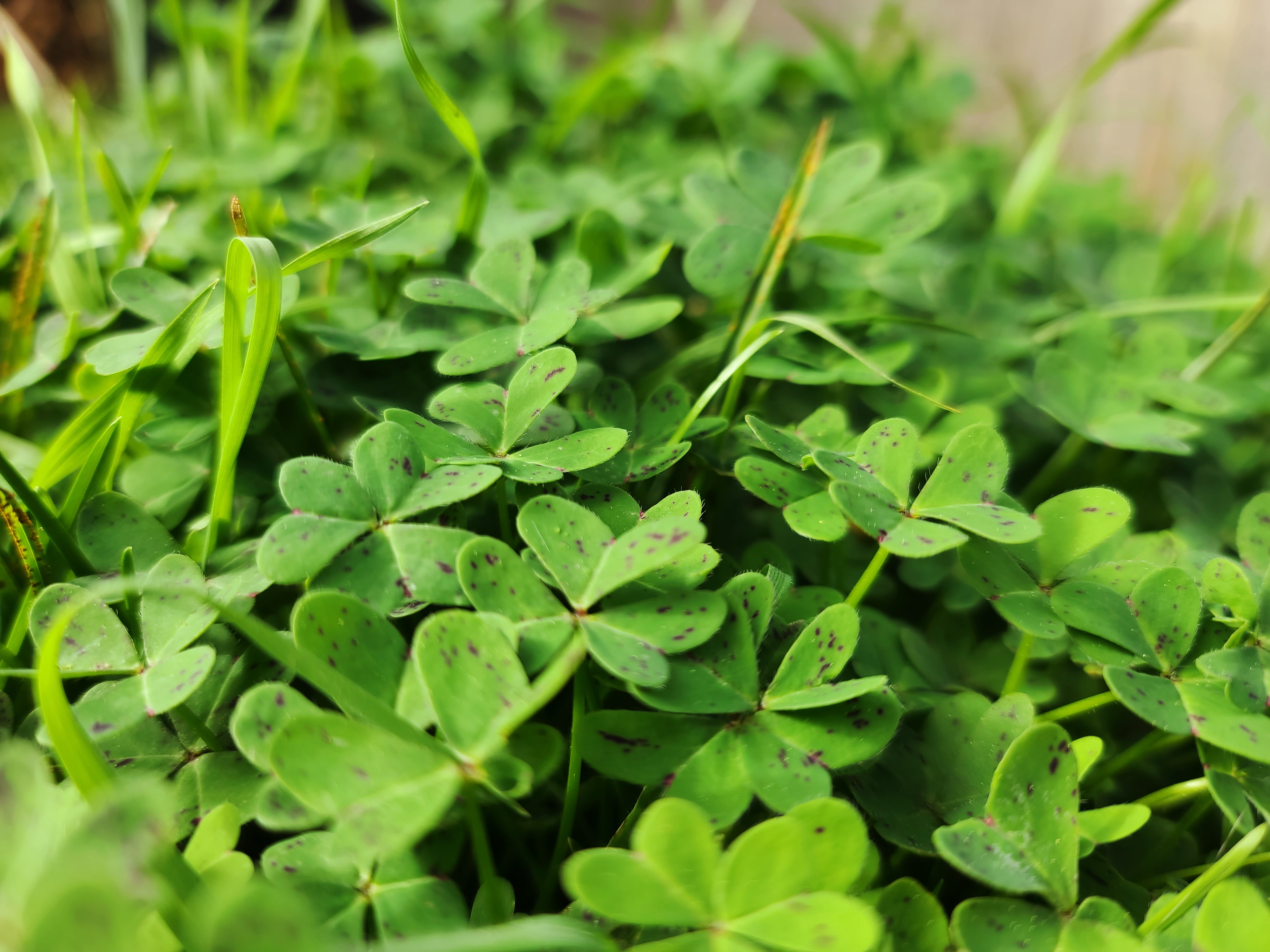I Got a Little Bag of EarthBacon Mushroom Spawn on Earth Day - Now What Do I Do?
- Elijah Woods

- 5 days ago
- 3 min read
You Can:
Add it to substrate and grow pink oyster mushrooms
Pink oysters thrive on high-cellulose, low-lignin materials such as wheat or oat straw, coco coir, hardwood sawdust, dry coffee grounds, or even toilet paper roll
Pasteurize your substrate of choice to prevent contamination: Cardboard/Coir - Soak in hot water (160–170°F) for 2 hours; Coffee Grounds - Use fresh, mix with dry substrate to balance moisture; Sawdust - Sterilize if using indoors, otherwise, pasteurize with heat; Straw - Soak in hot water for 2 hours or lime it
Once your substrate is cooled and moist, add your pink oyster spawn; mix it evenly throughout the substrate.
Place substrate in a plastic bag, bucket with holes, or other sanitary container
Pink oysters love warm weather; any way to keep their temperature between 75–85°F (24–29°C) is ideal.
Total colonization time can be up to 45 days, sometimes faster depending on amount of spawn given and amount of substrate.
Once colonized, you can place it into fruiting conditions: increase humidity (85–95%), provide indirect light (they like light for fruiting), drop temps to 70–80°F (21–27°C) if possible, and add fresh air (oxygen is a must for pink oysters)
Continue daily gentle misting for about 14 days or until tiny ‘pins’ start to form; those pins will grow into mushrooms as long as they don’t dry out, so continue to provide moisture until they are fully grown
Bury it in a garden
Pink oyster mycelium breaks down organic matter, transforming woody and carbon-rich debris into rich, bioavailable nutrients for plants. This is especially useful if you're burying the spawn with wood chips, straw, or cardboard.
Soil Aeration: As the mycelium weaves through the soil, it naturally aerates it—helping water penetrate more deeply and roots breathe easier.
Improved Microbial Diversity: Mycelium interacts with a wide array of beneficial bacteria and fungi. These microscopic allies help balance the soil biome, reducing disease pressure and increasing resilience.
Nutrient Cycling: The mycelium continues to digest and recycle materials in the soil, slowly feeding plants over time with phosphorus, nitrogen, and minerals.
Create more spawn
Follow the same instructions above for adding it to substrate, except instead of fruiting your mushrooms, use the colonized block to create another block of spawn and so on and so forth
You can have as many mushroom grow kits going in bags, buckets, or other stable sterilized containers as you want
Total colonization for more spawn can be up to 14 days, sometimes faster depending on amount of spawn given and amount of substrate.
The mycelium will continue to flourish as long as the spawn and substrate remain healthy and abundant
Use it for soil remediation
Mycoremediation uses certain mushrooms to detoxify polluted environments such as oil spills, heavy metals, pesticides, and even radioactive waste
The mycelium of oyster mushrooms have shown that it can break down pollutants, remove toxins, and restore the health and fertility of the soil
The applications for mycoremediation are endless - from industrial waste cleanup to water remediation.
Mycelium has proven to degrade plastic; you can try your own experiments with your compost and non-compostable materials and see how powerful its network works for yourself
With the capability to do so much healing for the planet, is there anything more powerful than mushrooms?
For any questions about mushroom growing or mushrooms and healing in general, contact us via the chat box on our website or email us at info@earthbacon.com.
PEACE and thanks for visiting our booth at Earth Day!





Commentaires